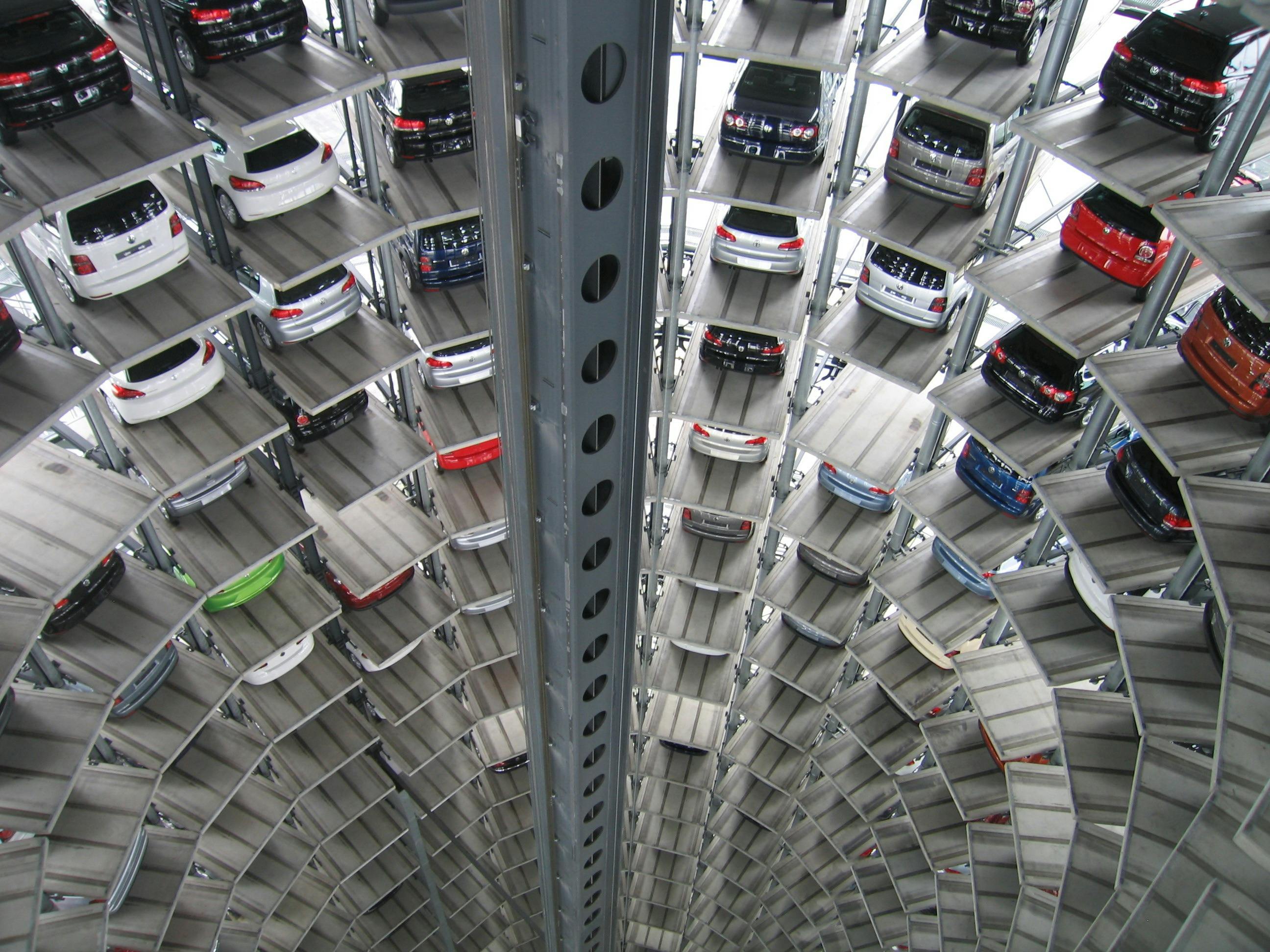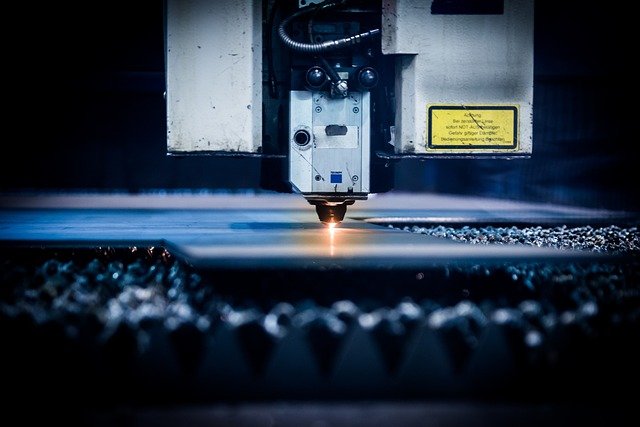Smart Factories: Pioneering The Future Of Industrial Operations
A new era of industrial operations is upon us. Smart factories, with their blend of advanced technologies and traditional industrial protocols, are changing the landscape of manufacturing. These factories promise enhanced productivity and cost-effectiveness, setting new standards for the future of industrial operations.

Background: The Journey to Smart Factories
Historically, industrial operations have been marked by manual labor, intensive processes, and relatively inefficient systems. However, as technology advanced, computerized systems and automated machinery began to find their place in factories. The advent of the Industrial Internet of Things (IIoT), Big Data, and advanced analytics heralded the onset of Industry 4.0. This digital revolution paved the way for the rise of smart factories.
Current Trends: The Rise of Smart Factories
Today, smart factories are becoming the norm rather than the exception. They are characterized by their interconnectedness, adaptability, and data-centric operations. Machines and systems in these factories communicate with each other, making real-time decisions without human intervention. This level of interconnectivity allows for greater flexibility and efficiency, reducing downtime and wastage.
The Impact: Benefits and Challenges
Smart factories present numerous benefits, including improved operational efficiency, reduced costs, and enhanced product quality. They also allow for more flexible production processes, catering to the increasing demand for customization. However, they are not without challenges. The implementation of smart factories requires significant investment and a shift in traditional operational strategies. Moreover, the reliance on digital technologies raises concerns about data security and privacy.
Research-backed Insights
According to a report by Capgemini, smart factories could add $1.5 trillion to the global economy by 2022. The report also suggests that 76% of manufacturers either have an ongoing smart factory initiative or are working on formulating one. This indicates the growing recognition of the value that smart factories bring to the table.
Practical Applications
Organizations across various sectors are utilizing the benefits of smart factories. General Electric, for example, uses smart factory technologies in its Brilliant Factory in Schenectady, New York. Here, advanced analytics and real-time controls optimize productivity and reduce downtime.
Industrial Insights: Implementing Smart Factories
- Understanding the concept: A smart factory is not merely about implementing advanced technologies. It is about integrating these technologies to create a connected, intelligent, and dynamic production environment.
- Strategy and vision: The transition to a smart factory must be guided by a clear vision and strategy. It is not a one-off project, but a journey that requires long-term commitment and continuous improvement.
- Infrastructure: The transformation to a smart factory requires a robust digital infrastructure. This includes not just the technological aspects, but also the skills and capabilities of the workforce.
- Security: With increased digitalization comes the challenge of data security. An effective cybersecurity strategy is essential to protect sensitive data and maintain the integrity of operations.
In conclusion, smart factories represent a significant shift in industrial operations. They leverage the power of digital technologies to create a more efficient, flexible, and cost-effective production environment. However, the transformation to a smart factory is not without its challenges. It requires a strategic approach, a robust digital infrastructure, and an effective cybersecurity strategy. As the future unfolds, smart factories are likely to become the cornerstone of industrial operations, driving growth and innovation in the sector.




